Festival de los Faroles de Loto (연등회)
15.1Km 2025-03-20
Ujeongguk-ro 55, Jongno-gu, Seúl.
02-2011-1744/5/6/7
Esta celebración tradicional budista tiene unos 1.200 años de historia, desde la época del reino de Silla. En los tiempos de la dinastía Goryeo era conocido como Yeon Deung Hoe, mientras que durante la dinastía Joseon se le llamaba Gwandeungnori. Hasta el día de hoy se mantiene esta tradición que ha sido reconocida como Patrimonio Cultural Intangible de la Humanidad por la Unesco. La ciudad y los templos se iluminan con los faroles de loto y hay vistosos festejos, desfiles y actividades.
Galería Hyundai (갤러리 현대)
15.1Km 2021-03-09
Samcheong-ro 14, Jongno-gu, Seúl.
+82-2-2287-3500
Fue inaugurada en abril de 1970, con el nombre “Hyundai Hwarang” en Insa-dong, distrito de Jongno-gu, Seúl. Durante más de 40 años ha presentado exposiciones de los artistas más célebres en la historia de Corea: Park Su-geun, Lee Jung-seob, Kim Hwan-gi, Chang Ucchin, Chun Kyung-ja, Lee Dae-won, Yu Yeong-guk, Lee U-fan, Paik Nam-june, Shim Moon-seup, etc.
Consta de dos edificios, el principal y otro anexo, y también dispone de una sede en Gangnam. La galería de Gangnam abarca una dimensión más amplia de artistas sin restricción de género ni estilo, de tal manera que presenta exposiciones de alta calidad, posibilitando el conocimiento del mercado artístico tanto nacional como extranjero. Esta institución artística también se encarga de presentar y promocionar a artistas jóvenes.
Dugahun (두가헌)
15.1Km 2020-05-07
14, Samcheong-ro, Jongno-gu, Seoul
+82-2-3210-2100
The wine restaurant, dugahun, is located in the backyard of Gallery Hyundai on Samcheong-dong Road. As the name Dugahun, translated ‘a very beautiful house’, implies, the restaurant is characterized by its exquisite, antique architecture that dates back to the 1910s. Combining fine Western dining and a wide selection of wines with a beautiful hanok interior, dugahun provides visitors with a unique dining experience. For an added element of culture, visit Gallery dugahun (the adjacent Russian-style brick building) and take a look at the array of domestic and international artwork on display.
Amdwaeji Oyangsikgwan (암돼지오양식관)
15.1Km 2021-03-19
11, Jong-ro 11-gil, Jongno-gu, Seoul
+82-2-737-8088
A barbecue specialty restaurant located in Jongno, Seoul. The most famous menu is grilled pork belly. Skin-on pork belly is actually the same as grilled pork belly BBQ.
Imun Seolnongtang (이문설농탕)
15.1Km 2025-07-18
38-13, Ujeongguk-ro, Jongno-gu, Seoul
Calle Frontal de Cheong Wa Dae (청와대 앞길)
15.1Km 2022-06-30
Gungjeong-dong, Jongno-gu, Seúl
La calle frontal de Cheong Wa Dae (también conocida como Casa Azul) está abierta al público e incluye el Hyoja Samgeori (intersección de tres calles) en Hyoja-dong y el Palpan Samgeori (intersección de tres calles) en Palpan-dong. Cuando se camina por la calle Hyoja-ro, desde la Estación de Gyeongbokgung del metro, se pueden ver una fuente, el jardín Mugunghwa, y los pabellones Daegogak y Yongbingwan. Al principio de la calle, enfrente de Cheong Wa Dae, árboles y hermosos jardines de flores decoran los dos lados de la misma, creando un agradable lugar para pasear.
Biblioteca Literaria Cheongun (청운문학도서관)
15.1Km 2023-08-17
Jahamun-ro 36-gil 40, Jongno-gu, Seúl
Museo de Arte Kumho (금호미술관)
15.1Km 2023-02-22
Samcheong-ro 18, Jongno-gu, Seúl.
El Museo de Arte Kumho fue inaugurado el 10 de mayo de 1989, con el objetivo de proporcionar espacio para la exposición de obras de los nuevos artistas y de esta manera desarrollar, capacitar y beneficiar el sector de la cultura artística. Luego, en octubre de 1999, con la llegada de Park Gang-ja, la nueva titular del museo, se transformó en un complejo artístico y cultural.
Pyeongnaeok (평래옥)
15.1Km 2021-03-22
21-1, Mareunnae-ro, Jung-gu, Seoul
+82-2-2267-5892
This store, which has been around since 1950, always has a long line of customers. A Pyeongyang cold buckwheat noodles specialty restaurant located in Jung-gu, Seoul. The representative menu is Pyeongyang cold buckwheat noodles.
Balwoo Gongyang (발우공양)
15.1Km 2025-05-29
56 Ujeongguk-ro, Jongno-gu, Seoul
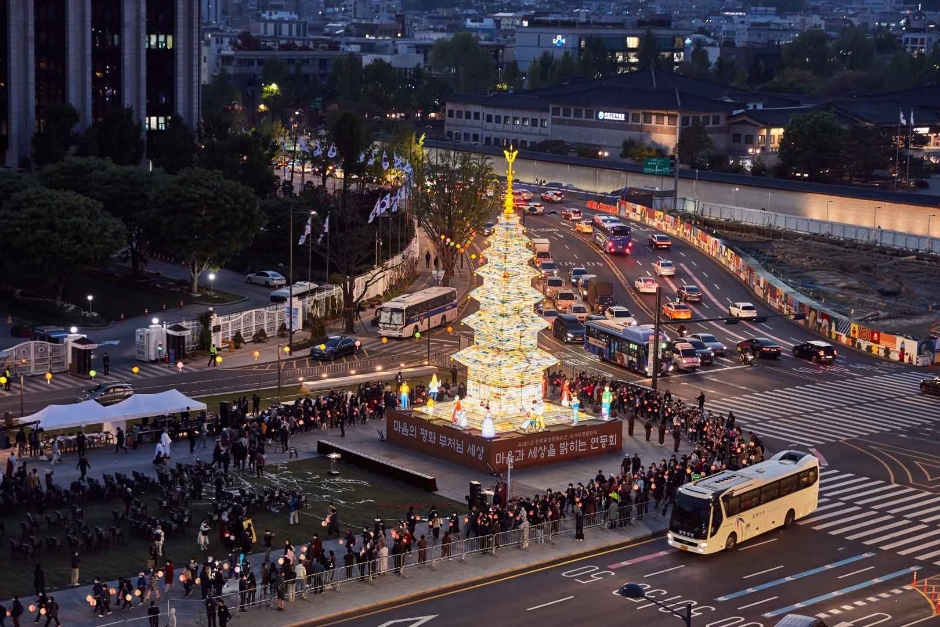
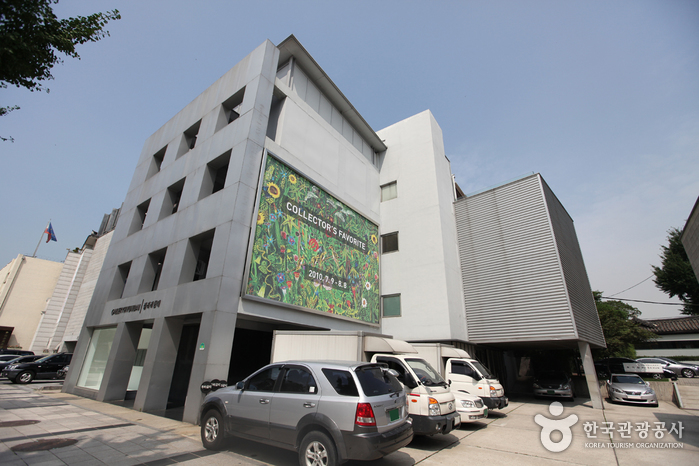
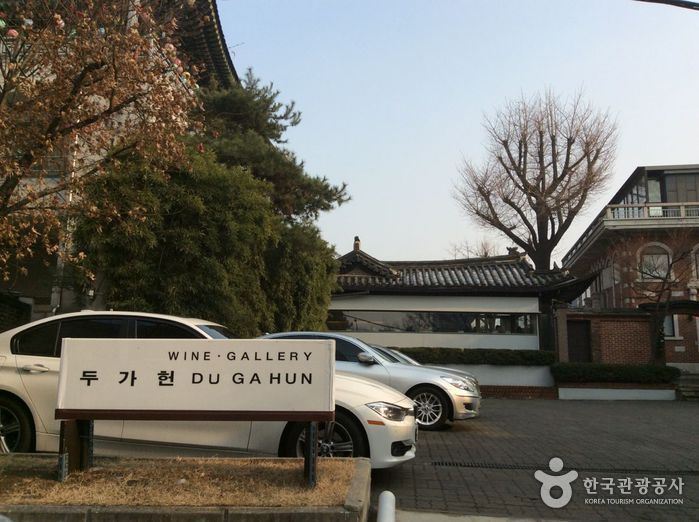
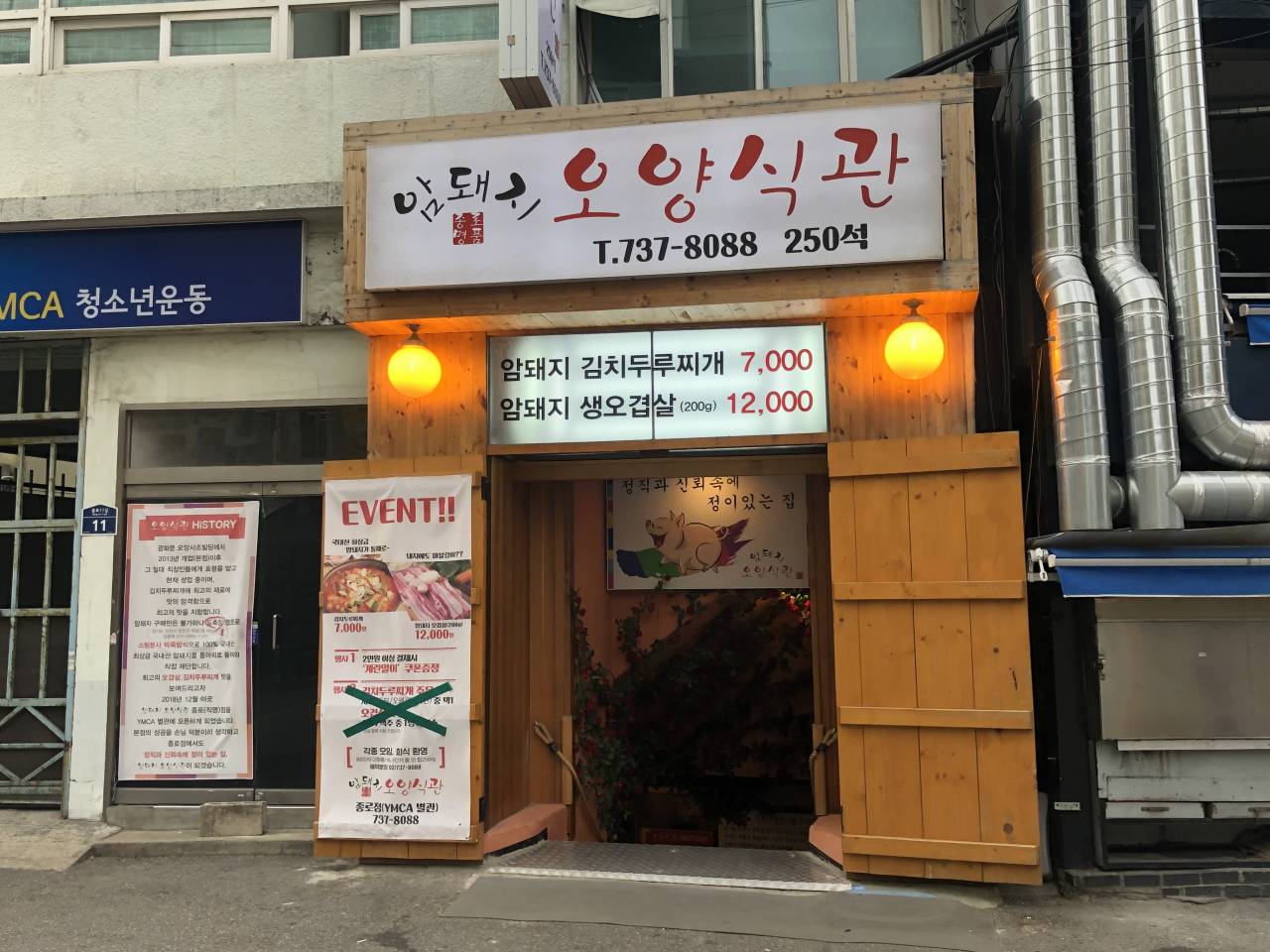

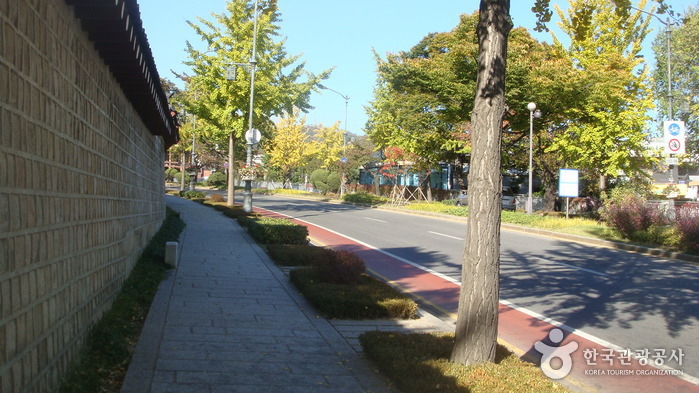
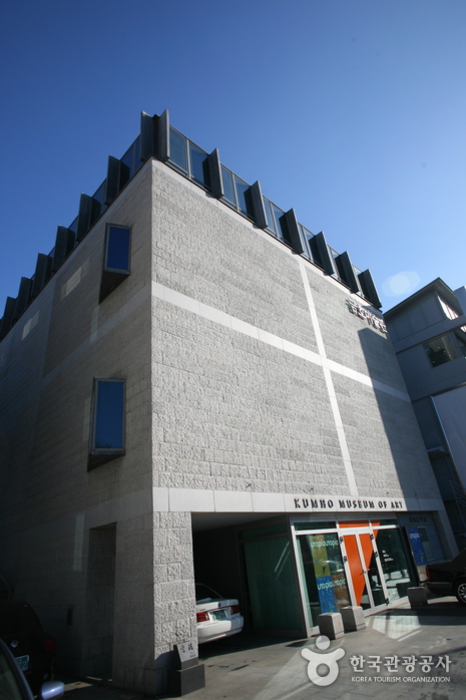
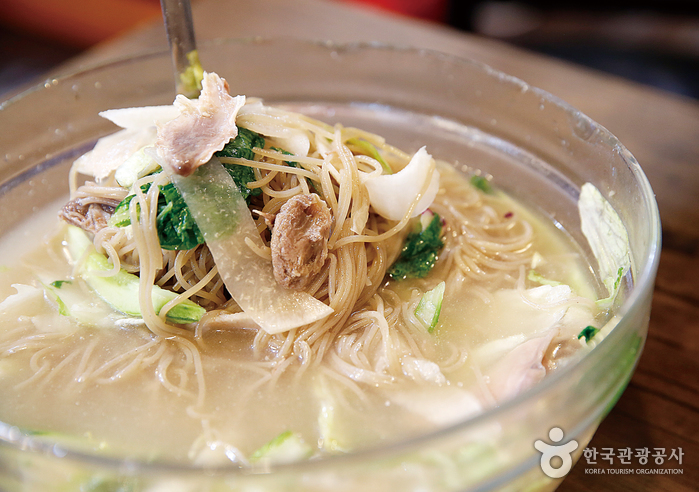
 Español
Español
 한국어
한국어 English
English 日本語
日本語 中文(简体)
中文(简体) Deutsch
Deutsch Français
Français Русский
Русский